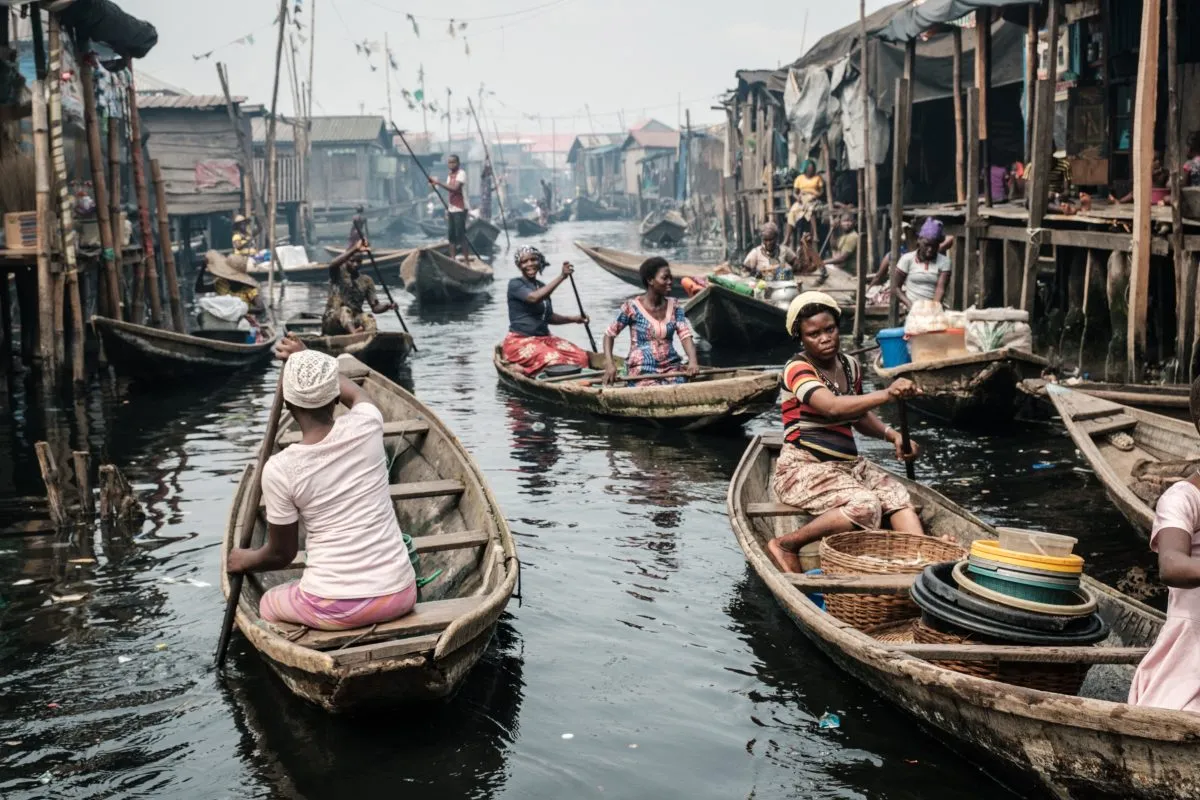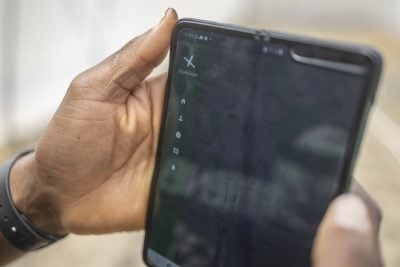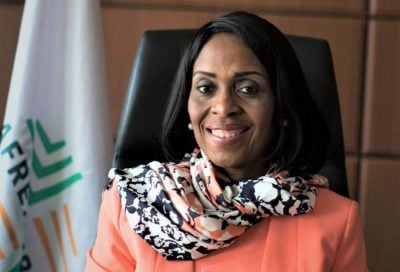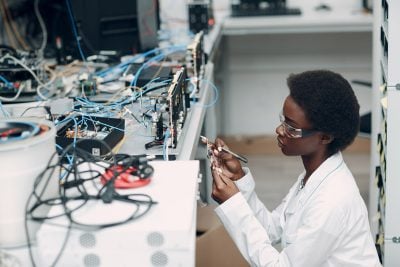Countries around the world are struggling to make ends meet—none more so than the poorest in the world, which have been caught in a cycle of debt, crisis, pandemic, and fragility that seems nearly impossible to escape.
While on the surface, it seems like development spending is increasing around the world, recent analysis from the ONE Campaign estimates that $50bn will flow out of developing countries in 2024 as a growing number pay more on debt interest payments than what they are receiving from the outside world. Many of these countries are on the African continent, and nearly one in three of them is poorer on average than it was on the eve of the Covid-19 pandemic, according to the World Bank.
Concessional finance—grants and very low-interest loans—has for years been a critical lifeline, helping change lives through investments in better health, education, sanitation, infrastructure, and a host of other essential areas. The World Bank’s International Development Association (IDA) is the largest lender of this kind and has since its inception in 1960 been a partner on the pathway out of poverty for millions of people.
IDA’s impact in Africa is clear. As a result of its grants, 6.3m more people now have access to electricity in Tanzania; 12,000 West Africans have become homeowners; 4.3m people now have more affordable, higher-quality internet services in Malawi, and two million vulnerable women and girls in the Sahel have access to better opportunities. These are just a few examples. But behind each of these statistics is a person, and a life changed. Take Innyatou from Niger, whose mother and grandmother did not go to school because they were married young. Because of IDA, she has received a scholarship and been able to enrol in school, breaking an intergenerational cycle of early marriage and lost opportunity. Her future is brighter because of IDA.
This year IDA is going back to donors for its 21st replenishment. For Africa, this is a turning point. At the IDA for Africa Heads of State Summit hosted next week by President Ruto in Kenya, we expect to see a far different position from the continent than in years past, focused on creating investment opportunities and fostering economic independence and prosperity rather than just asking for money. And this is no wonder. The most recent African Transformation Index from the African Center for Economic Transformation shows that African countries are not transforming nearly quickly enough – with an average score of just 30.3 out of 100. IDA can be part of the solution, and African leaders must step up their domestic resource mobilization to enhance IDA’s impact and drive systemic change.
As we look to the Heads of State Summit, we have a few key priorities for African heads of state, for IDA donors, and for the World Bank.
To African leaders: this is your opportunity to influence IDA’s policy directions, so be bold.
IDA in Africa must become more than the sum of its parts, and it must be a driver of economic transformation for African countries. While individual results for individual projects are wonderful to see, it will be critical going forward to connect the dots between those impacts and see what it all adds up to. IDA investments must contribute to stronger systems, information sharing, and long-term planning so that governments in the world’s poorest countries eventually have the capacity to deliver more effectively for their people.
To support Africa’s transformation, IDA in Africa must truly transcend borders. As the Cameroonian proverb says, “Rain does not fall on one roof alone.” Poverty and progress are not country-specific, and IDA’s investments have to keep pace and promote regional integration. Intra-African trade bucked global trends in 2023 and actually increased by 6%; IDA can take advantage of the African Continental Free Trade area to support African value chains, help groups of countries fight and adapt to climate change, promote the free movement of people, and create jobs. This cross-country approach is not new for IDA but needs to be radically stepped up to make a lasting impact on the continent.
Transparency and accountability must become the hallmarks of IDA in Africa. Clear milestones, robust communication, and consistent citizen engagement will help build much-needed trust that these funds will be used to meet the needs of the African people.
To IDA donors: We need this IDA to be historically large, and we need you to step up.
At a minimum, we need this IDA21 replenishment to exceed $100bn – which will mean a cash injection from donors of $28bn to $30bn that can be leveraged to get there. We are at a pivotal moment that can help the world recover from the impacts of COVID-19, become more resilient to the ongoing effects of global crises and conflict, and reverse the widening inequality between the poorest and richest countries in the world. Existing IDA donors need to be more ambitious than the last few replenishment cycles, despite domestic challenges; and we need to see new donors step up to contribute.
To the World Bank: Keep working on a Better Bank and start laying the foundations for the future of IDA.
IDA cannot just be big; it must be efficient, effective, and laser-focused on impact. The World Bank’s efforts to cut project preparation time and streamline project implementation are welcome, as is the focus on impact in its new corporate scorecard – these will all help get resources more quickly to the people who need them the most. IDA must also prioritise grants and the lowest possible interest rates for countries most in need.
Ultimately, IDA will truly be a success when there is no more need for it – and we need to start planning now for how to get there and what that will look like for Africa. Over time, IDA has evolved from one-directional aid to a partnership –better reflecting Africans’ priorities and adapting its financing models to meet the challenges and opportunities of a large, vibrant, and growing continent. We expect IDA to continue its progress in this direction, and to start adjusting its approach as its recipient pool dwindles, needs become more specialised and localised, and the world’s poorest communities become harder and harder to reach.
A strong, greener, more stable, and economically independent Africa makes the world better. With an historically large IDA replenishment, Africa can become an even stronger contributor to global prosperity and progress. This is a moment of incredible opportunity for Africa and for the world, to not just imagine a better future, but to build it for people and for the planet. Let’s not waste it.
Want to continue reading? Subscribe today.
You've read all your free articles for this month! Subscribe now to enjoy full access to our content.
Digital Monthly
£8.00 / month
Receive full unlimited access to our articles, opinions, podcasts and more.
Digital Yearly
£70.00 / year
Our best value offer - save £26 and gain access to all of our digital content for an entire year!


 Sign in with Google
Sign in with Google 



